Both "technology" and "advancement of technology" are broad terms in the SR&ED context. For example, pensil and paper are both technologies and while largely replaced, they are still used. It is conceivable that both could be advanced, or the technology to manufacture them. Of course computers, hand held devices, software, AI and other obvious "high tech" is the subject of many SR&ED claims. Manufacturing, metal forming, tool development, even new ways to carefully manage the temperature of containers-full of food uniformly and within tight tolerances could involve SR&ED.
When it comes to SR&ED, "advancement of technology" simply means closing the gap between what the technology is capable of and what you require of it in order to use it or work with it.

For example, the technology to make wooden pencils exists, as does the technology to make wooden furniture out of particle board. But it may take an advancement, however small, to make pencils out of particle board that is stiff enough to be practical and which can be sharpened without gumming up traditional pencil sharpeners.
An advancement may be required to enable inexpensive smartphones to run an app where to make it practical, a performance improvement of just 1% is required. Assuming the app is already highly optimized and efficient, it may be extremely difficult and time-consuming to find a way to gain the extra 1% even though the improvement is small.
Of course, discovering a new element or developing a new type of computing platform is also SR&ED but most SR&ED claims are much less groundbreaking and yet just as qualified.

While "advancing technology" is a necessary element to qualify a claim as SR&ED, just as necessary is demonstrating a methodical approach in the attempt to advance the technology. Put another way, trying random approaches with no understanding of the results is not considered SR&ED. On the other hand, there is no need to anticipate the outcome, indeed, if this was possible, there would be no technological uncertainty and therefore no SR&ED. The failure of a specific approach highly indicates SR&ED and the decision to abandon a project because it is considered impossible, impractical or too resource-intensive are also indicative of SR&ED.
While some SR&ED-eligible experiments are planned, many are not and often the companies claiming legitimate SR&ED have difficulty expressing the technological uncertainty and explaining the methodical approach.
Any Canadian corporation is eligible for SR&ED although the ownership structure determines the rate used to calculate the claim size: Canadian-controlled private corporations get the enhanced rate of 35%, and other corporations get a 15% rate.
A variety of factors indicate whether the refund is refundable (cash) or used to offset taxes owed (non-refundable). For example, foreign-owned corporations earn a 15% non-refundable rate.
Eligible SR&ED activities include engineering, design, operations research, mathematical analysis, computer programming, data collection necessary for SR&ED and testing. Specifically excluded activities include market research, quality control, social sciences and humanities, prospecting for natural resources commercial production, style changes and routine data collection.
Developing or improving technologies to perform these excluded activities on the other hand could certainly be SR&ED. SR&ED could apply to a product your corporation sells, manufacturing methods, or any other internal project that requires an advancement in technology. There is no requirement that the corporation makes a profit as a result of the SR&ED work, or even that it uses the results.
While the following are not in and of themselves SR&ED, there may be areas to look for associated SR&ED activities: a new application of existing technology, capital spends, budget overruns, developing or improving products and processes, technical issues, consulting studies, cost reduction strategies, environmental or regulatory compliance, integration of new technologies with existing technologies or infrastructure. A brief example: capital expenditures cannot be claimed as SR&ED however buying new equipment could lead to integration challenges which can only be solved with SR&ED like activities. We need to look further to see if SR&ED criteria apply.
An open-source security library seems perfect for a public-facing portal under development even though it is written in a different language from the portal, but when integrated, memory usage spikes and latency is beyond acceptable limits. Investigating the cause and attempting various approaches to resolve the incompatibility issues could be SR&ED.
Experimenting with ultrasonic maceration, known to be effective at low-temperature separation of seed coats from flour with some seed varieties, to a specific solvent extraction and oilseed combination that has not yet been tried and when applied to your process, does not work as expected.

Pumps designed for corrosive material corrode after 6 months rather than the expected 10 years. Replacing the seal with an alternative, more highly specified material (standard engineering, non-SR&ED approach) fails. An investigation that discovers elevated shaft temperatures and possible methods to reduce the shaft temperature to avoid seal deterioration where obvious approaches fail, are inappropriate or cannot be applied in the traditional way would constitute SR&ED.
A catalyst is required for a specific process but it is expensive and no suitable alternative is known. Attempts to reduce costs by using less catalyst for the same results could be SR&ED.
Combining two processes into a single mechanical frame involves tipping one of the machines at an angle where as it is meant to operate on the level. The results are poor. Finding the source of the poor results and attempting to correct them could be SR&ED.

In Canada, SR&ED is the most generous and easily attained government assistance available. It requires that your business spends money on R&D, then apply for a rebate from the government for the qualified expenditures. As long as the expenditures meet the requirements of the SR&ED program from both a technical and financial standpoint, the government will send you a cheque, usually fairly quickly.
This effectively reduces the cost of taking a technological risk, in other words, if you are trying something new that might not work, you are not on the hook for the full amount. This helps finance a “moat” for your business, leaving your competitors technologically behind.




Copyright © 2024 SRED Clinic. Powered by Mastermind Agency